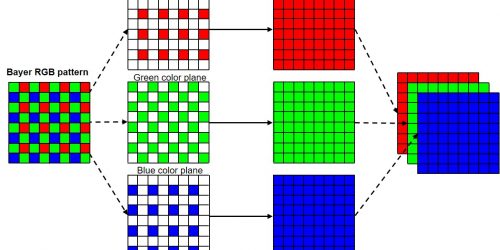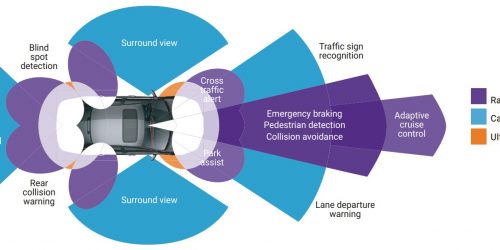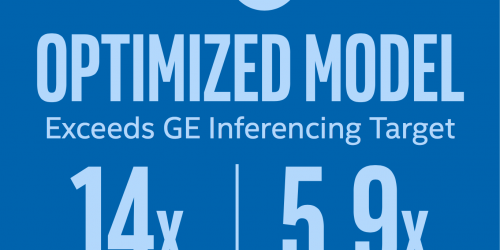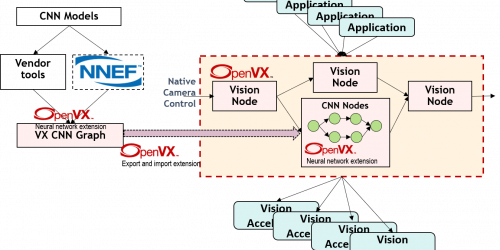What Is CoaXPress?
This article was originally published at Basler's website. It is reprinted here with the permission of Basler. You probably encountered coaxial cables in your youth, maybe from tube TVs with connections to the roof antenna or a cable connector in the living room wall. These cables are now coming back into favor. But by now, […]
What Is CoaXPress? Read More +








